
I’m glad you’re here!
Take a scroll through recent posts or use the search bar to find what you’re looking for.
Recent Blog Posts
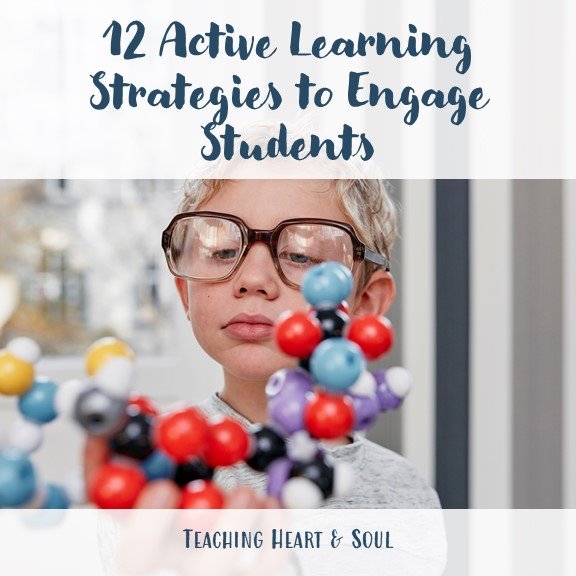
12 Active Learning Strategies to Engage Students
Have you ever had to sit through a boring lecture? You’re only there because you have to be and you don’t care about the content. This can be exactly how our students feel when we teach.
Instead of using the traditional lecture method of teaching, get students engaged by using these 12 active learning strategies in your classroom today!
In addition to the overview of the 12 active learning techniques, there are posters and exit tickets for classrooms included!
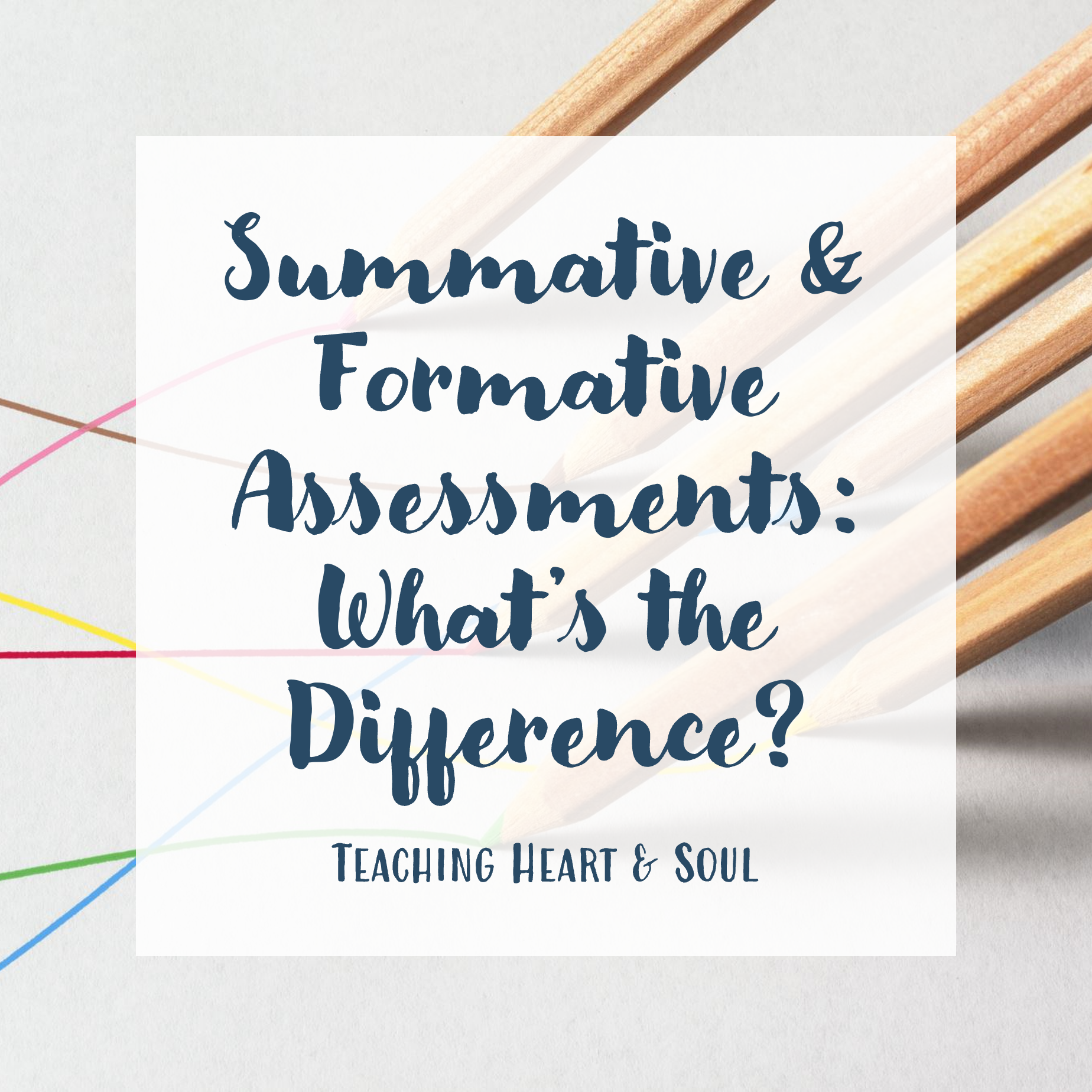
Summative vs. Formative Assessment
When I first heard the terms "summative assessment" and "formative assessment" I was confused. With a little research, I learned the differences between these tools and realized I was already using both types of assessments all the time in my classroom!
Formative assessments monitor a student's understanding throughout the instructional process, while a summative assessment measures student understanding at the end of a unit or course.
While both are important, they serve different purposes. Formative assessments provide actionable feedback, while summative assessments measure student understanding at the end of a unit or course.
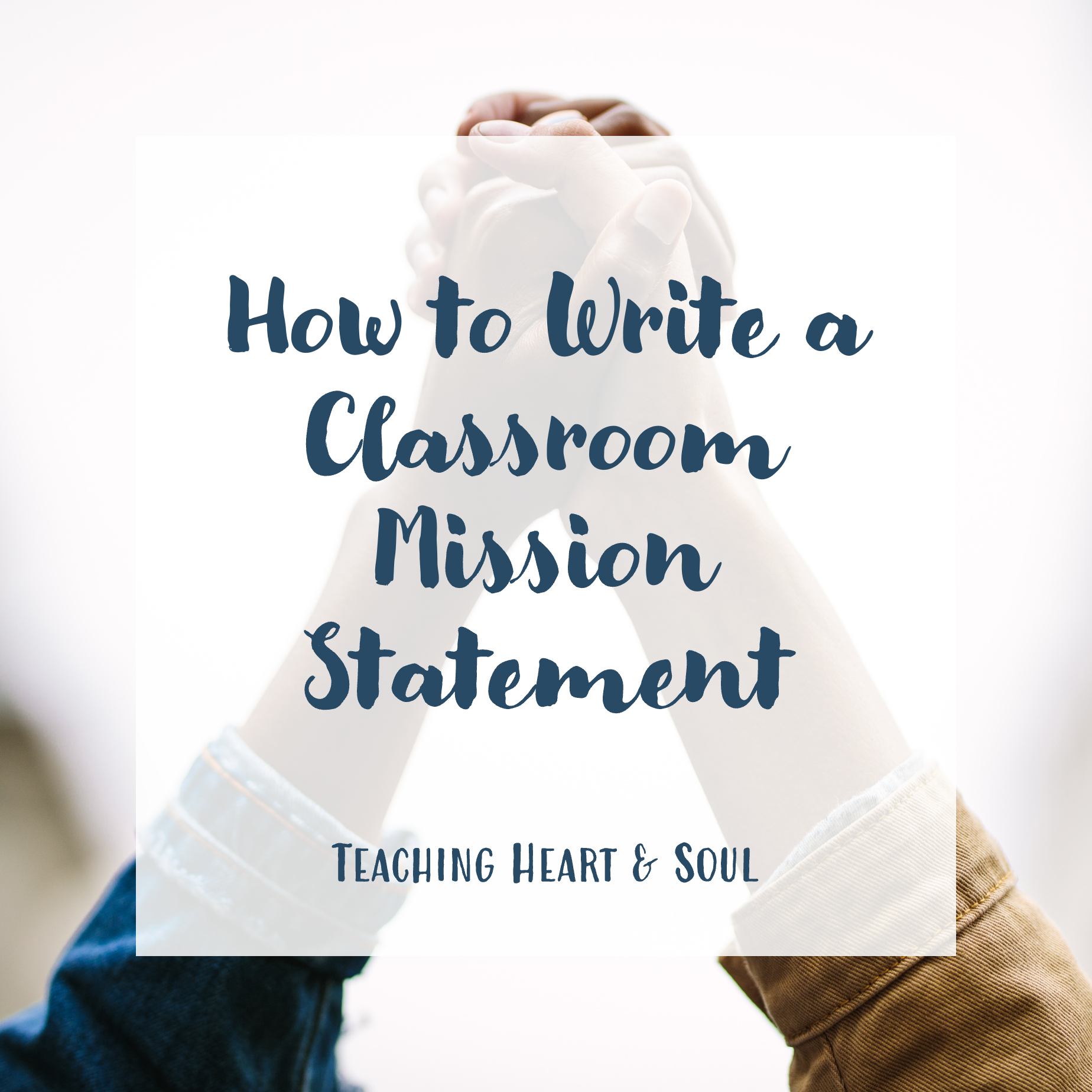
Elementary Classroom Mission Statement
Having a classroom mission statement helps with classroom management and facilitates a positive classroom community, but what goes into a classroom mission statement? There are a few steps to making a mission statement that works well in an elementary classroom.
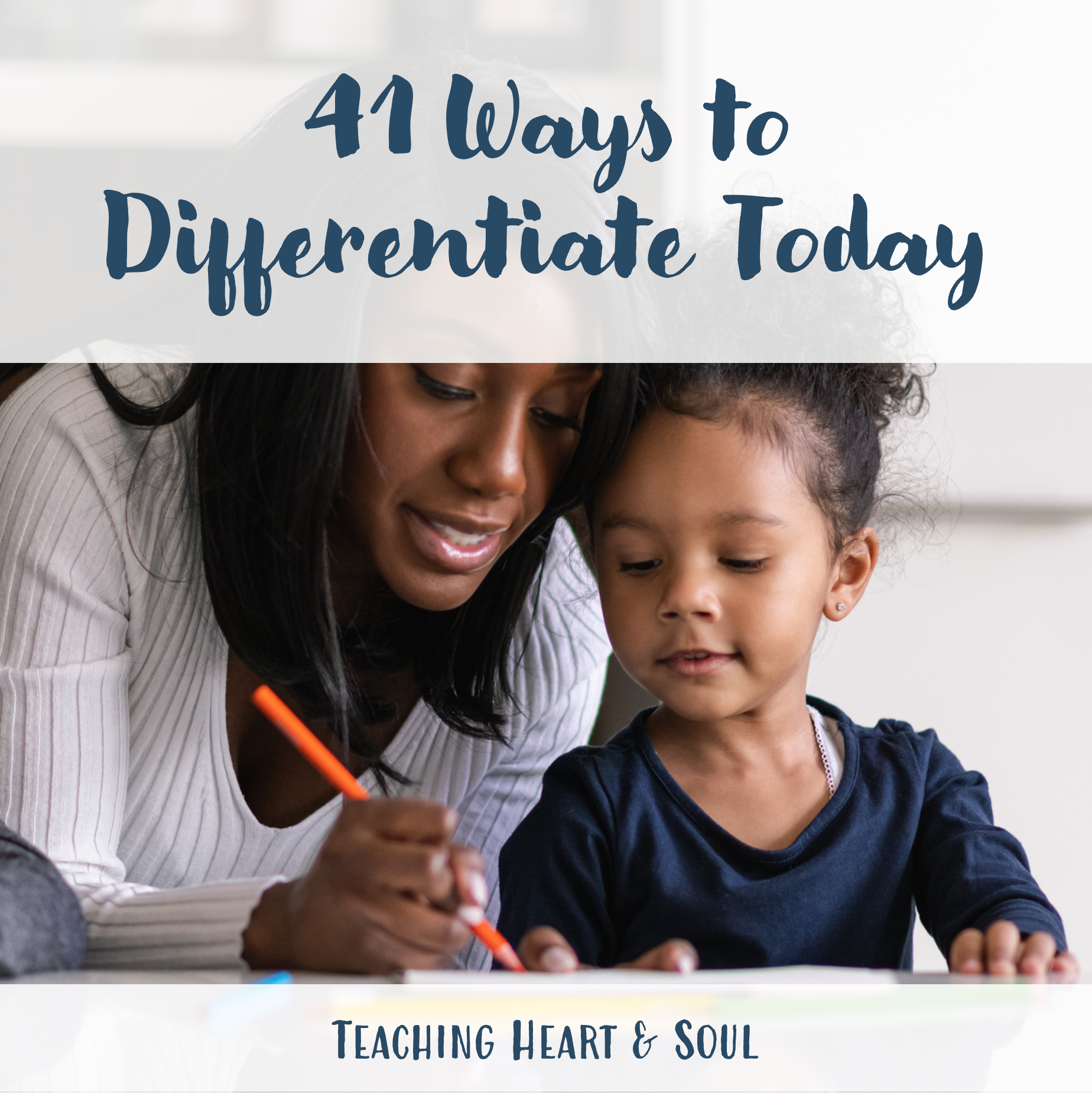
Differentiated Instruction Strategies: 41 Ways to Differentiate
Differentiated instruction is such a vital aspect of teaching, but it can be hard without a game plan. That’s why I’ve compiled a list of 41 ways to differentiate instruction. These strategies are categorized by content, process, product, and learning environment and are a great way to meet the needs of individual learners.
With 41 different ways to tailor instruction to meet the diverse needs of your students, you're sure to find something that works for you and your classroom.
Don't settle for a one-size-fits-all approach to teaching. Discover the power of differentiated instruction and transform your classroom into a place where every student can thrive!

Strategies to Use When Retelling Stories
Retelling stories seems almost intuitive, but it is a learned skill, and a lot of students may need support mastering it.
Read about 8 different strategies you can use in your classroom to help your students learn to retell stories. These strategies include graphic organizers, patterns, and props to help each type of learner.
Number 5 is my personal favorite!
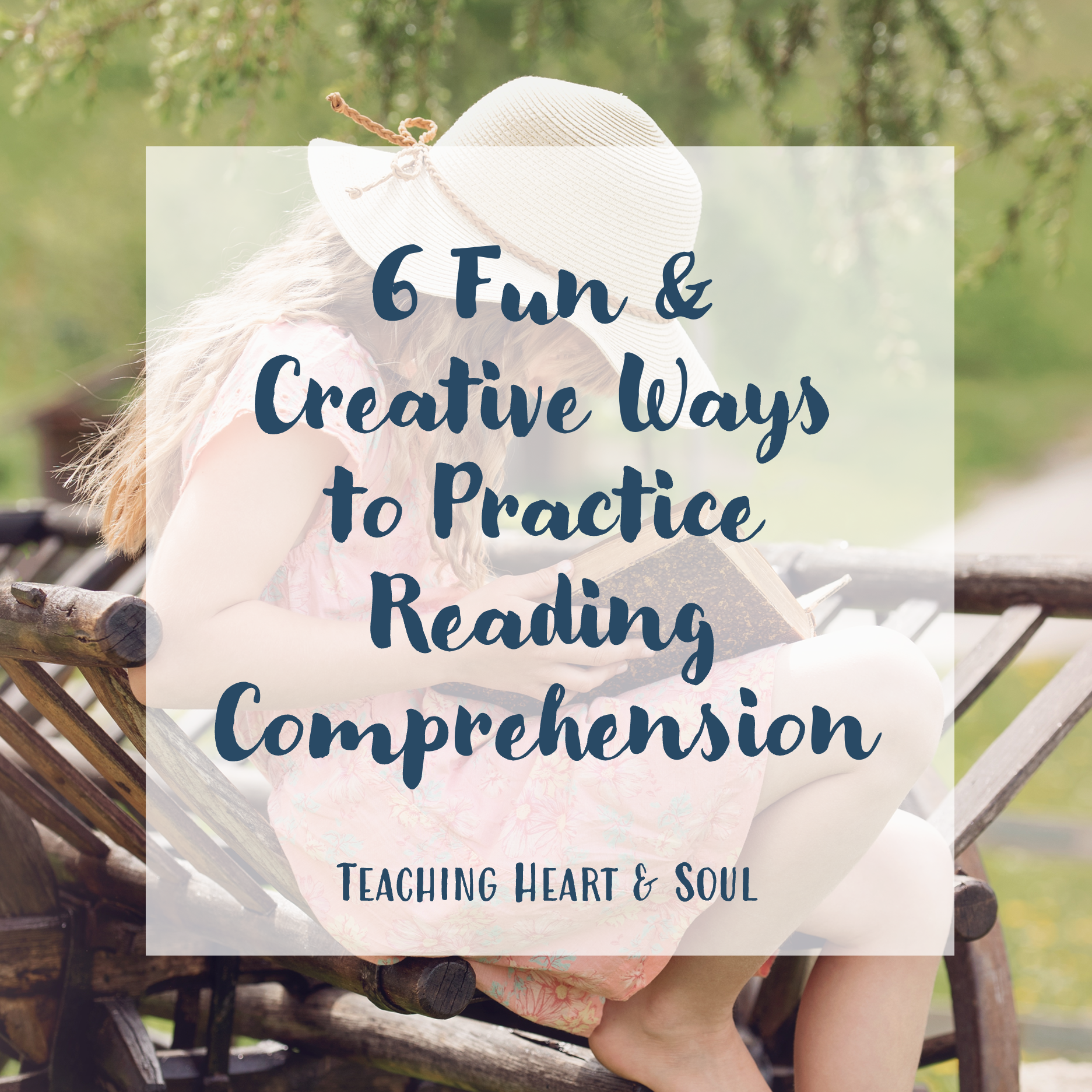
6 Activities to Practice Reading Comprehension Skills
Reading comprehension is such an important part of learning to read, but it can get boring and tiresome for students. It’s important to remind ourselves why it’s vital to make sure our students have good reading comprehension skills.
These 6 activities keep students engaged and interested when learning reading comprehension skills.

14 Ways to Teach Vocabulary
Learn about the importance of vocabulary and language comprehension within the context of reading comprehension and find out 14 specific strategies you can use to teach and practice vocabulary skills in the elementary classroom.
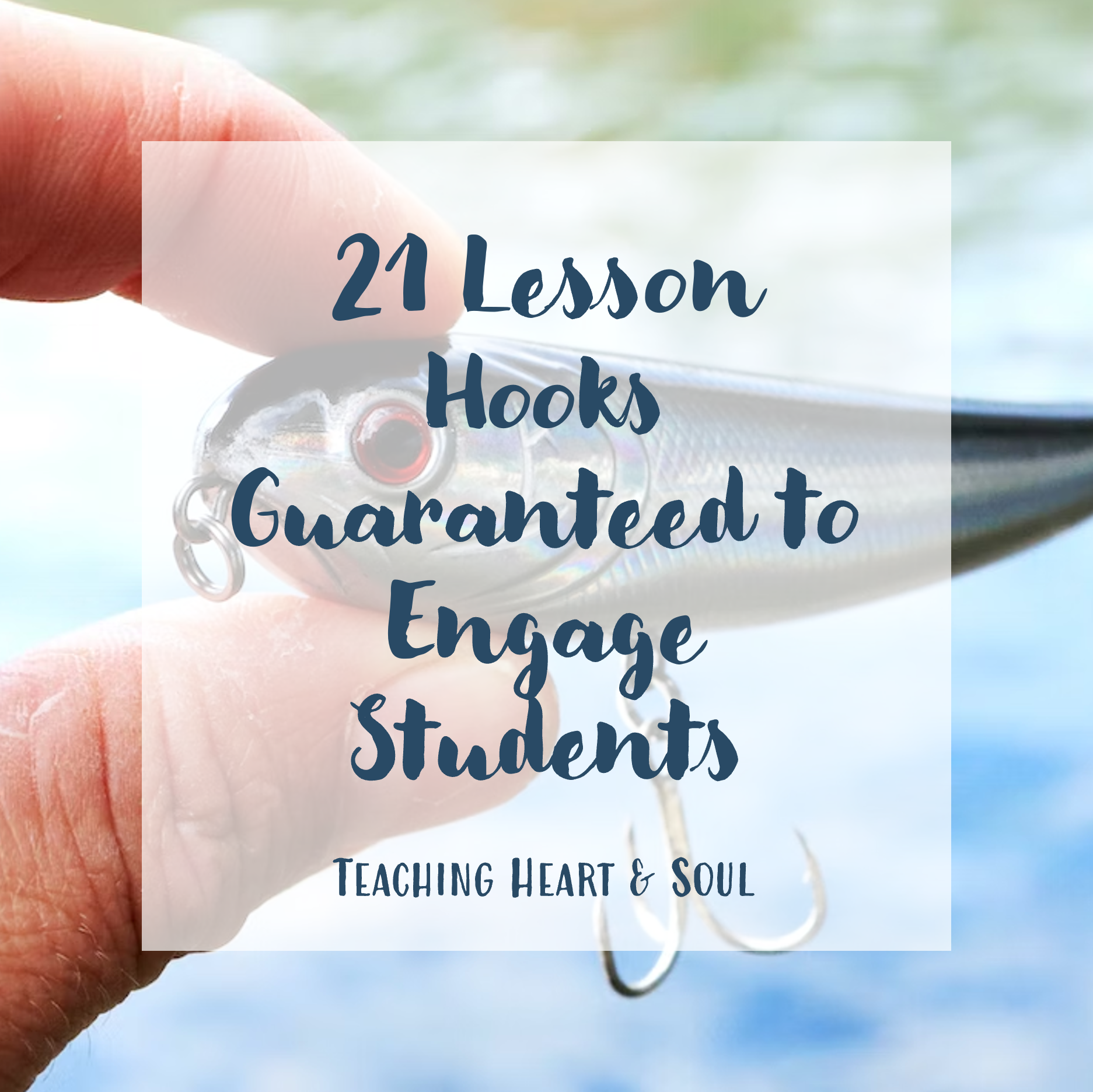
Ways to Hook Students into a Lesson: 21 Examples
Learn about 21 engaging lesson hooks to make your lesson unforgettable!
A lesson hook in elementary school is an engaging and interactive activity, question, or prompt that is used at the very beginning of a lesson to capture students' attention and spark interest in the topic. It is a tool that many teachers use to begin a lesson in an engaging way and get kids invested in the learning process by creating a sense of excitement and curiosity about the topic.
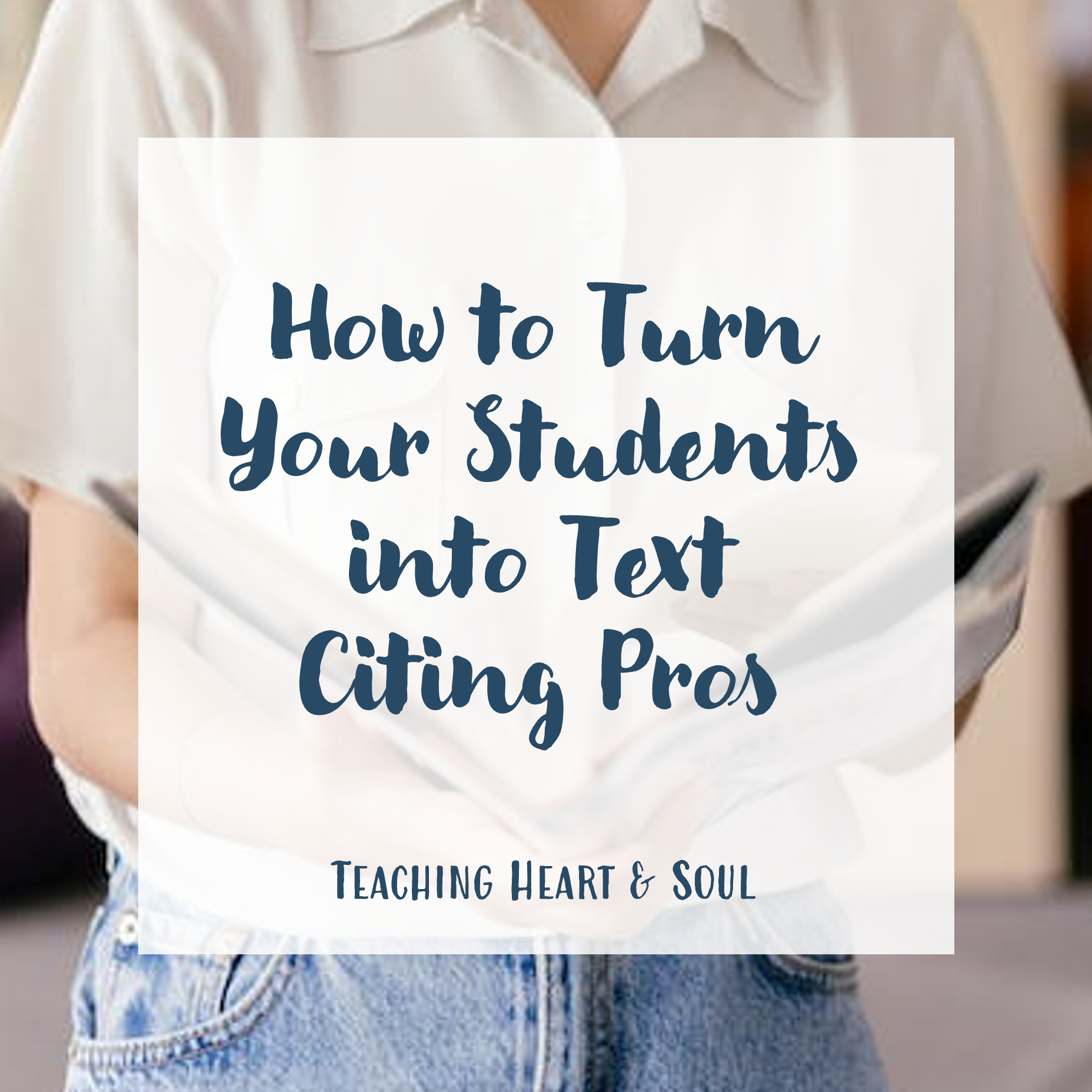
Citing Text Evidence: Teaching Strategies
Citing text evidence is a critical skill for students to master, as it not only improves their writing and reading comprehension, but it also teaches them how to think critically and make arguments based on evidence. As educators, it is our responsibility to teach our students how to properly cite text evidence in order to prepare them for success in their academic careers and personal lives.
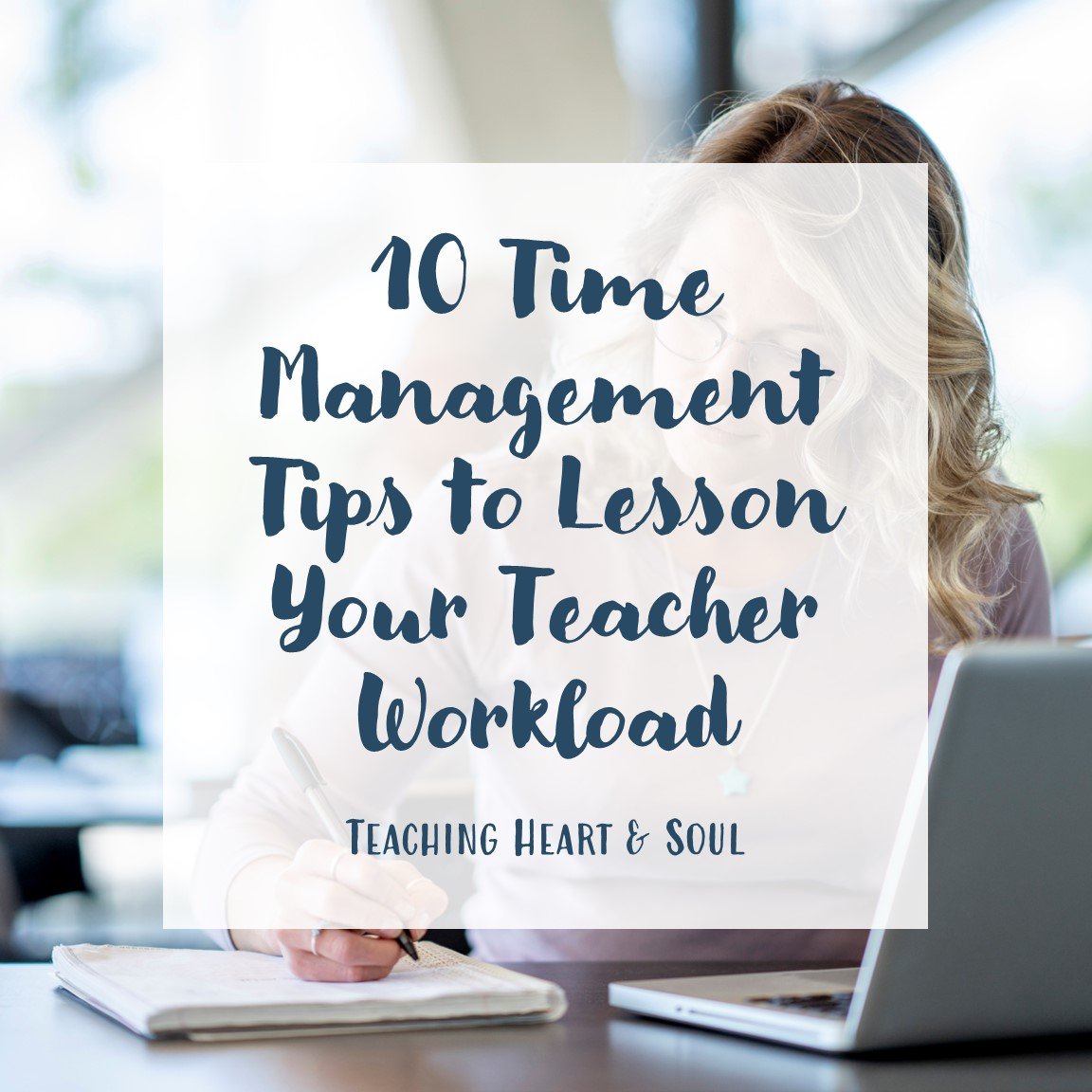
10 Time Management Tips to Lessen Your Teacher Workload
Teaching can be overwhelming, but implementing effective time management strategies can help reduce the workload and improve work-life balance. There are several ways to save time and reclaim personal life. First, have students grade their own work to cut down on grading time. You can also skip grading non-essential activities; assess understanding with quick checks instead. Utilize existing resources like lesson plans from previous years or Teachers Pay Teachers. Additionally, you’ll need to prioritize essential activities over time-consuming extras. Avoid comparing yourself to other teachers and focus on your unique teaching style. Seek support from parent volunteers for tasks like copying and bulletin boards. Delegate tasks to students to lighten your load and teach responsibility. Remember to say "no" to non-essential commitments and protect your personal time. Use automatic grading tools for online assessments and assignments. Finally, keep personal tasks separate from work hours and limit them to designated breaks. By adopting these time management tips, teachers can reduce workload, improve well-being, and create a better work-life balance.

![Why You Should Get off Your Phone Before Bed [6 Things to Do Instead]](https://images.squarespace-cdn.com/content/v1/63dbdd5e4534cc5df6e847df/1675357304624-D8AIL6A0G11G0N9OM7U1/image-asset.png)
![How to Deal with Schedule Overload [3 Strategies to Prune Your Schedule]](https://images.squarespace-cdn.com/content/v1/63dbdd5e4534cc5df6e847df/1675357304323-4I53738GJU36QWTDDBZ5/image-asset.png)







